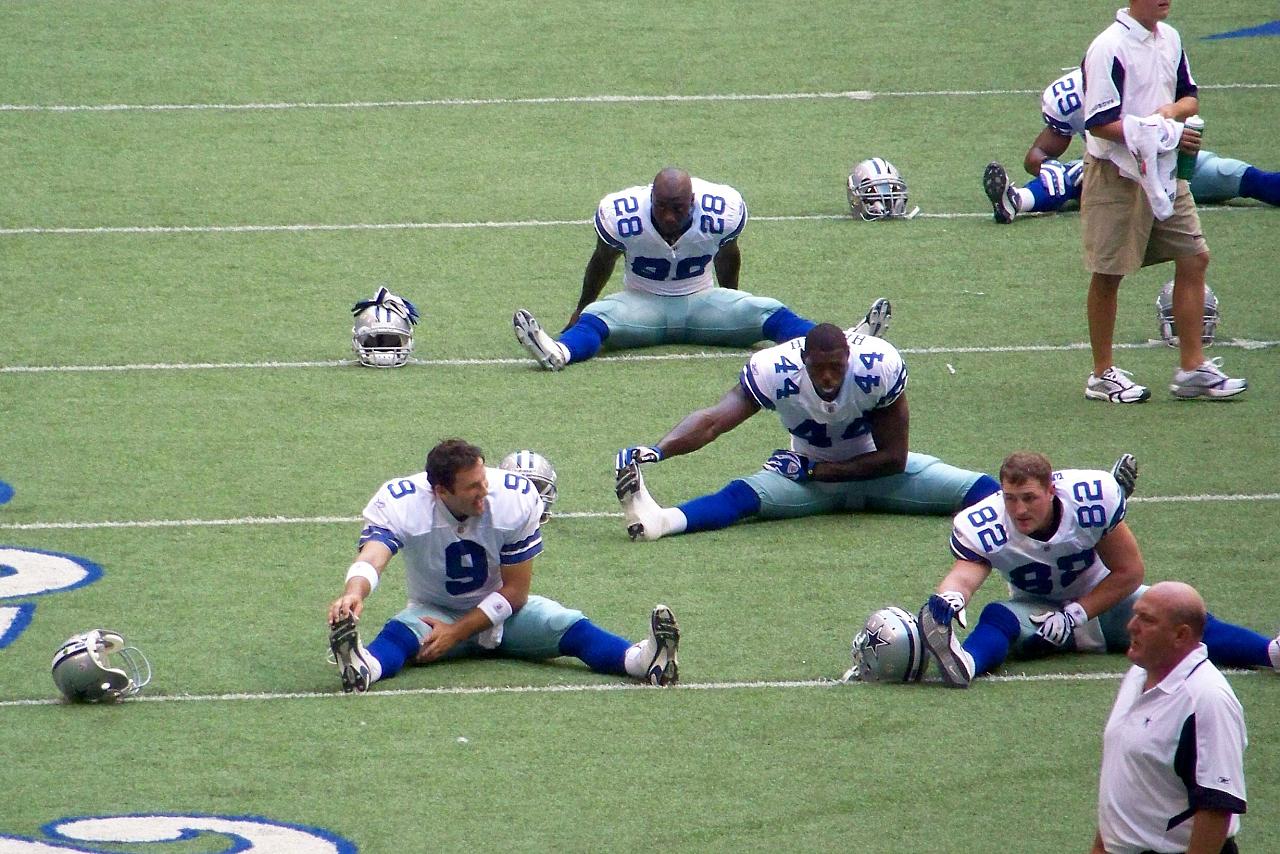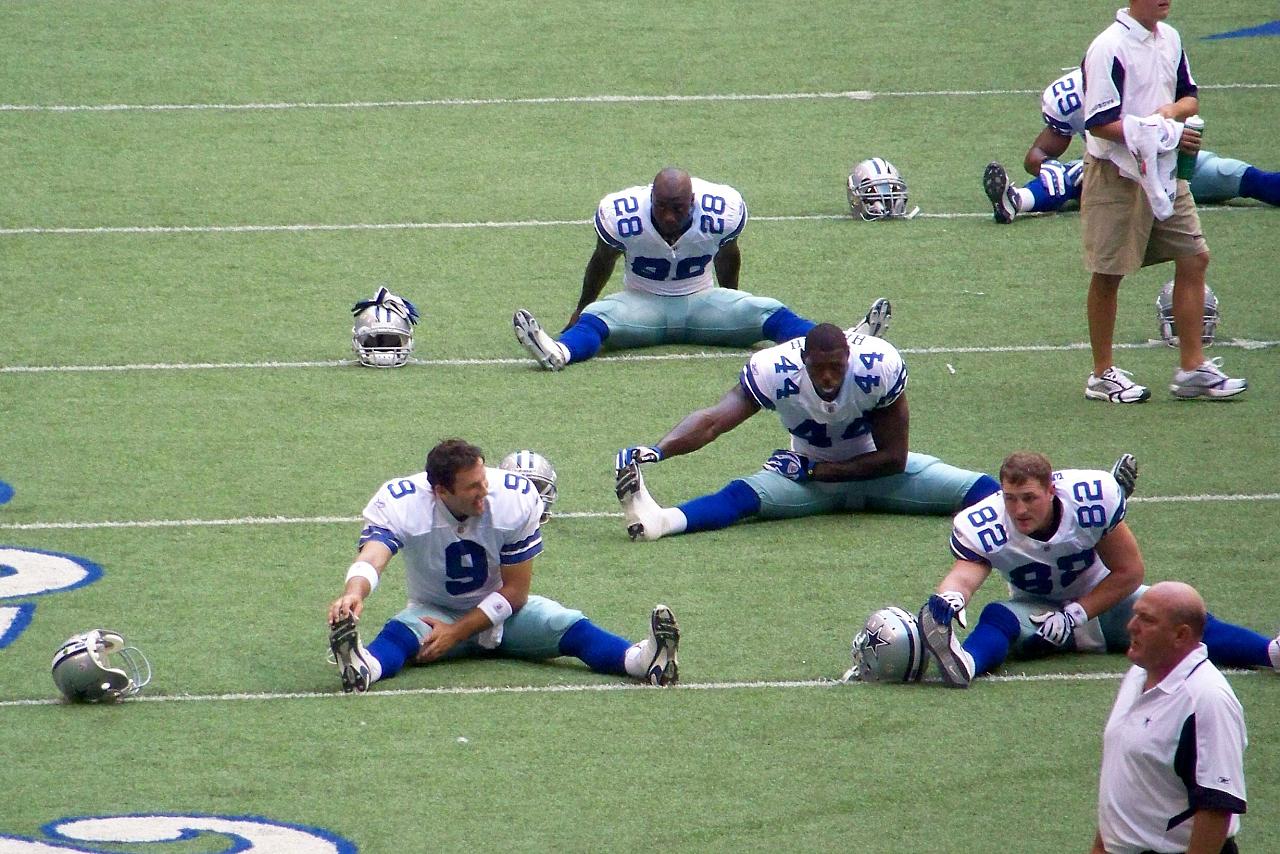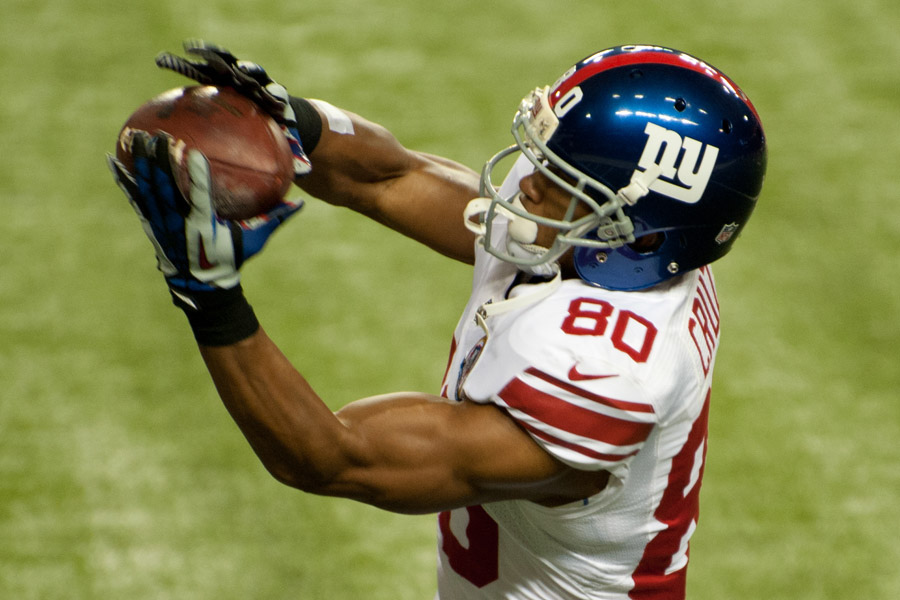
Jace Amaro has the physical skills and baseline football acumen to generate talk that he’s a future Jason Witten
Futures: Texas Tech TE Jace Amaro
by Matt Waldman
The best NFL teams possess three characteristics on the field: resiliency, intimidation, and explosiveness. Two are psychological and one is physical. All three are methods of managing the most pervasive elemental force in football: punishment.
Be it physical, mental, or emotional, or how a player takes it, inflicts it, or avoids it, punishment is a bellwether for success in the NFL. Name a good pro player or prospect and his game is an individual expression of how he arrived at slowing the cumulative effects of punishment on his body, mind, and psyche while redirecting it to his opponent.
On the football field, Jace Amaro is a powerful and explosive athlete whose size, strength, and speed can intimidate opponents. A unanimous first-team All-American and one of the two best prospects at the tight end position eligible for the 2014 NFL Draft, the 6-foot-5, 260-pound Amaro is a complete player with the upside to develop into an All-Pro with similar strengths as Dallas Cowboys tight end Jason Witten.
Click here to read the rest at Football Outsiders








